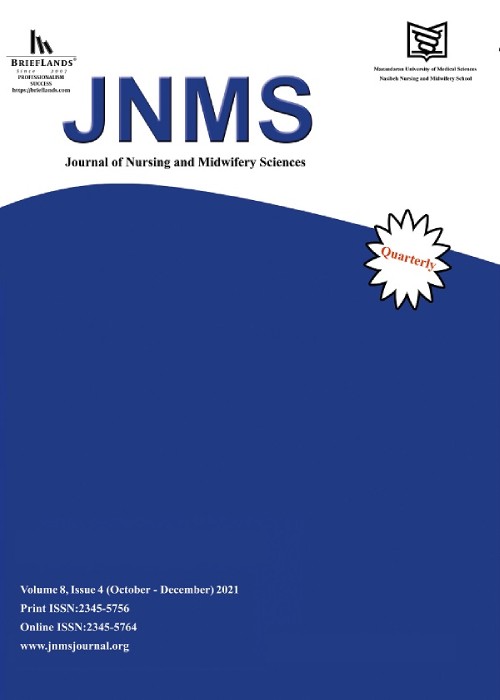Designing and Psychometrically Evaluating Students’ Common Types of Misconceptions about Substance Abuse Inventory: A Methodological Study
As a prevalent phenomenon in the world, it’s required to view substance abuse as one of the most prominent social problems. Substance abuse, especially by the youth, imposes huge costs on society. The relevant misconceptions include immature mindsets held by individuals who conflict with the currently accepted concepts and empirical findings. Unfortunately, the common misconceptions about this phenomenon are so abundant that the majority of individuals, even the educated ones, are unfamiliar with its meaning and concept as a phenomenon. Thus, a valid and reliable tool is required to examine the common types of such misconceptions.
This study pursued the goal of designing an inventory of the common types of misconceptions among university students about substance abuse.
Using a two-stage approach, the present research study was conducted in 2019 in Iran. The first stage involved conducting individual interviews with 10 students who were substance abusers, as well as reviewing the relevant literature to generate the study items. The second stage consisted of a quantitative evaluation of the instrument, which included assessing the face validity (both qualitatively and quantitatively), content validity (both qualitatively and quantitatively, as calculated by content validity index (CVI), and content validity ratio (CVR)). The construct validity was examined by exploratory factor analysis (EFA) and confirmatory factor analysis (CFA) with two 375 samples for each of them and its reliability.
From the first phase and literature review, 71 items were codified. Five items were removed from surveying the qualitative and quantitative face validity; besides, due to a CVR of less than 0.49, 24 items were excluded, and also because of the CVI, less than 0.78, 12 items were deleted. Overall, a 30-item scale remained. Via the exploratory factor analysis, three factors, including 16 items and 40.86% of the total variance, were extracted. The intra-class correlation coefficient (ICC) and Cronbach’s alpha coefficient were greater than 0.7 for all factors and 0.8, respectively.
The designed inventory revealed desirable psychometric properties and the necessary validity to investigate and evaluate the common types of misconceptions regarding substance abuse among the students of medical sciences.
- حق عضویت دریافتی صرف حمایت از نشریات عضو و نگهداری، تکمیل و توسعه مگیران میشود.
- پرداخت حق اشتراک و دانلود مقالات اجازه بازنشر آن در سایر رسانههای چاپی و دیجیتال را به کاربر نمیدهد.



